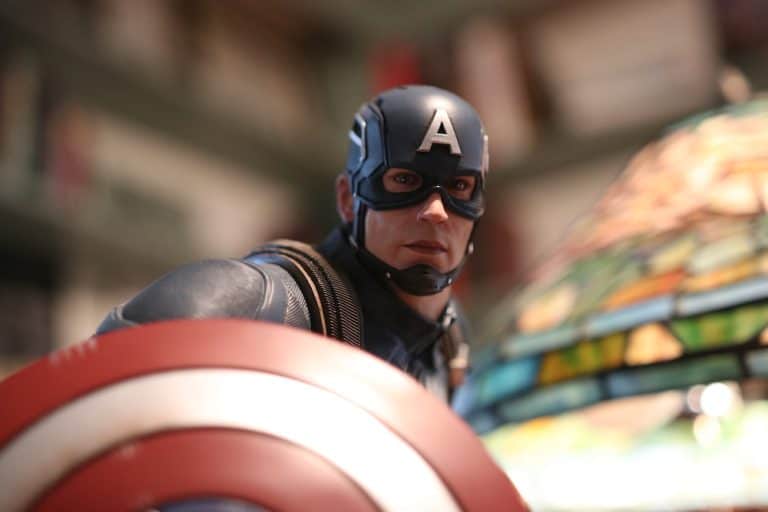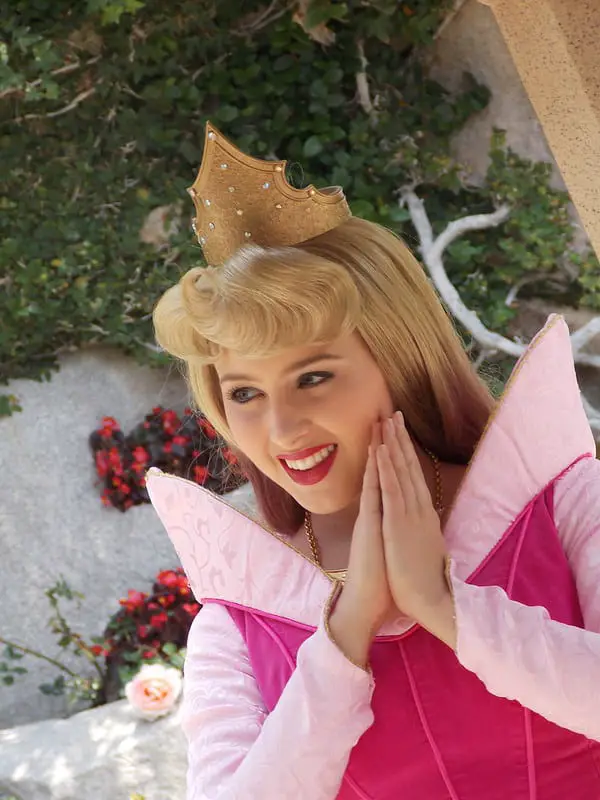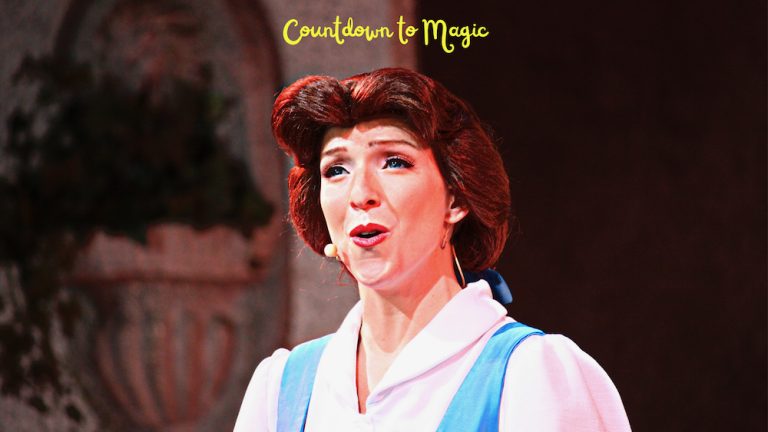Aladdin Characters with Mental Health Disorders (Breakdown)

I had a lot of fun in my previous article diving deep into Winnie the Pooh characters and their mental disorders (hypothetical mental health disorders, of course), so I thought it would be interesting to take a similar approach with the “Aladdin” characters.
So in this article on Aladdin characters with mental health disorders, I dissect the various animated characters we love and assess what hypothetical mental health disorder they may be dealing with (which could explain some of their unique actions and behavior in the famous 1992 film!).
Dissecting Aladdin Characters with Mental Health Disorders
Aladdin – Hyperfixation
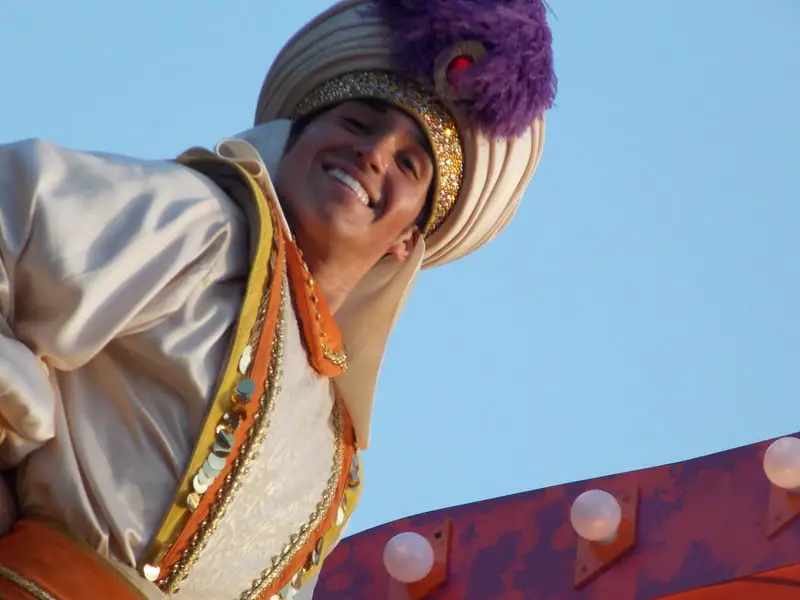
The trope of a boy meeting a girl and immediately falling in love is nothing new. We’ve seen it time and time again in Disey’s fairy tales. However, through a psychological scope, this could be seen as a hyperfixation.
Hyperfixation can be a part of many different neurodivergencies, most often attributed to autism and ADHD. When Aladdin meets Jasmine, he is immediately smitten and she is all he can think or talk about—notable signs of a hyperfixation.
Whether or not his hyperfixation is a sign of autism, ADHD, or something else is up for debate. I do think it’s interesting that when a person becomes a hyperfixation, it is usually the result of stress. Aladdin, always running from the law, forced to steal to survive, is constantly under pressure. It makes sense that this could culminate into a hyperfixation and fascination with Jasmine, the one person who treated him kindly.
Jasmine – Bipolar Disorder
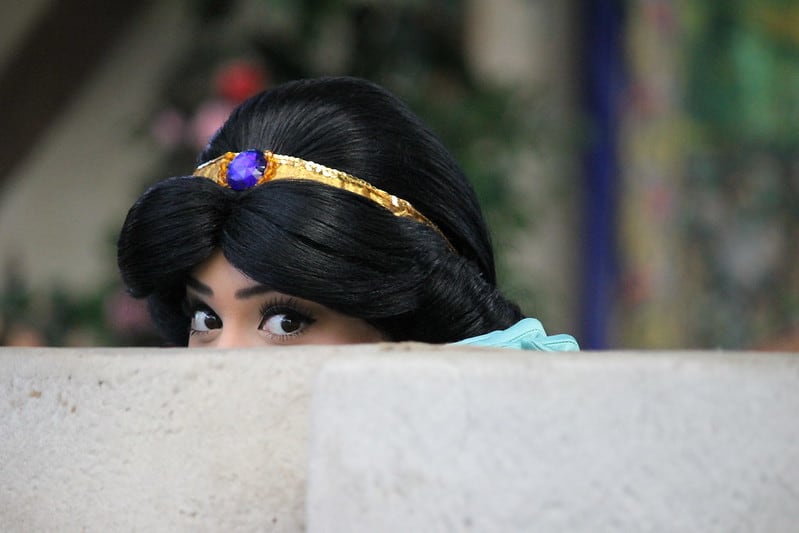
If I were asked to diagnose the Disney princesses with one universal mental health disorder, I would not hesitate to say bipolar disorder. Most Disney princesses have a tendency to have radical mood swings, often switching from euphoria to depression at the drop of a hat. Jasmine is no exception.
Jasmine displays more attributes for Bipolar ll, since we never see her have a definable manic episode in the film. Her melancholy for being isolated and her sadness at hearing of Aladdin’s false death are signs that she has depressive tendencies that could extend for long periods of time. She will quickly bounce back from this state as soon as she is triggered, and will smile and laugh as if nothing happened. All through the movie, she bounces between moods.
Her impulses also can be translated as signs of Bipolar Disorder. She runs away from the palace, takes an apple from a market booth without considering how she’ll pay for it, goes on a carpet ride with a man she didn’t even like upon their technical first meeting, and puts herself in danger by manipulating Jafar. These are all acts that I admire and recognize as courageous, but you can’t ignore how impulsive they are.
The Sultan – DPD
I nearly left the Sultan off this list because he is a minor character in Aladdin. However, I couldn’t find it in myself to do so after rewatching and observing his similarities to the underrepresented Dependent Personality Disorder, a disorder I have come in contact with in my own family.
The Sultan’s need for Jafar, his adviser, may not just be a form of tradition in their Middle Eastern kingdom. On multiple occasions, the Sultan is indecisive and confused, needing Jafar’s counsel to guide him. The reassurance and advice from Jafar, or just anyone, is a need for the Sultan, just as it is a need for people with DPD.
He avoids many of his responsibilities, favoring stacking his ceramic animals, watching Prince Ali’s parade, or taking a ride on the magic carpet. In all fairness, I too would be distracted by a magic carpet, but an excess of all play and no work can be unhealthy.
His reactions to any criticisms are also signs of DPD, as he is easily irritated at any of Jafar’s direct disapproval. So much so, that Jafar needs to hypnotize him to get him to take the criticism.
While the Sultan loves his daughter Jasmine and wants her to be happy, he lets Jafar make parenting choices for him—the wrong ones. He does this simply because he feels he can’t make them himself. By the end of the movie, the only real decision he makes for himself is changing the law that stated Jasmine had to marry a prince.
Jafar – Narcissistic Personality Disorder

Let me be clear on one thing: I am not labeling people with Narcissistic Personality Disorder (NPD) as villains, nor am I diagnosing Jafar with narcissism because he’s the bad guy. This is a conclusion I came to after researching the disorder and watching Jafar’s actions in Aladdin.
Jafar is self centered, obviously being the main qualities of narcissism and his motivations to betray the Sultan.
However, an idea I’d like to play with is that when he became the adviser for the Sultan, he did not do so with the end goal of becoming the most powerful being in the world. Quite the contrary. Jafar is evidently much more intelligent than the Sultan, and was probably the best candidate for the job.
Narcissism can get in the way of many things, sadly, and cause problems in life, including work. When Jafar realizes he is the only one in the palace with both power and common sense, he takes advantage of that. Had Jafar had better counsel than a co-dependant parrot named Iago, I believe he could have been dissuaded from his deeds.
Iago – BPD
Borderline Personality Disorder (BPD) is too often confused with Bipolar Disorder, perhaps because they share similar letters. Forgetting for the moment that Iago is a bird and not a human, he fits the bill for BPD. Most of his character stems directly from serving Jafar. His loyalty is unwavering. The unbalanced dynamic between Iago and Jafar is unstable and destructive, a common issue people with BPD face.
Having a “favorite person” is a hallmark of BPD. No doubt, Iago’s favorite person is Jafar. The relationship between a person with BPD and their favorite person can be navigated in a healthy way but Jafar takes advantage of Iago’s dependance on him. Iago sometimes attempts to advise Jafar, to get him to leave the palace, but Jafar never listens, too absorbed in himself. All of Iago’s manipulations and evil doings are a direct result of his friendship with Jafar.
Beyond that, Iago’s mood is erratic and manic. He displays an unregulated temperament through the movie consistently. Comparing his mania to Jasmine’s melancholy puts a stark contrast to the difference of mood swings in different mental health disorders.
Genie – ADHD
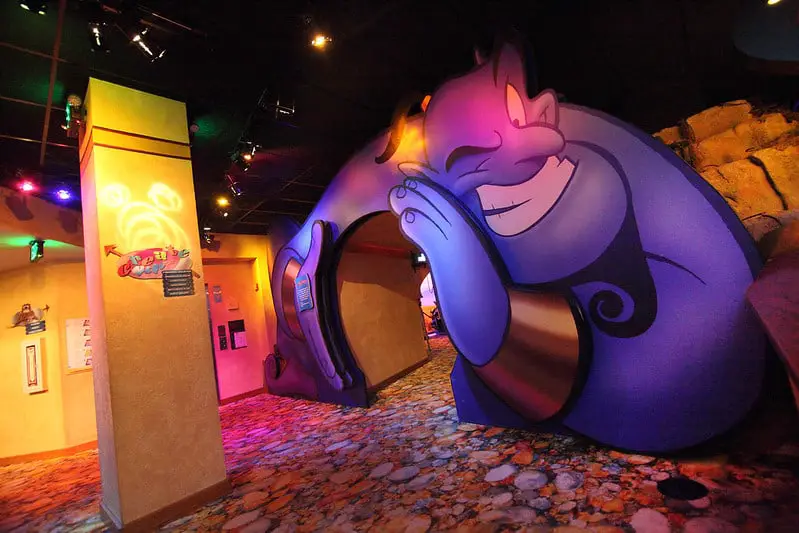
Genie possesses a multitude of distinctive traits that make him unforgettable. One of his most notable characteristics is his seemingly boundless hyperactivity. Genie exudes an electrifying energy that propels him through every scene, leaving viewers captivated by his charisma, spontaneity, and rapid-fire speech.
His tendency to transition effortlessly from one topic to another without any external cues is a hallmark feature of his exuberant personality. His penchant for being easily distracted by the sheer joy of life’s possibilities adds an endearing layer to his character.
Considering these remarkable attributes, it’s not entirely unreasonable to entertain the notion that Genie might be emblematic of Attention Deficit Hyperactivity Disorder (ADHD). Although, if we’re being real, we all truly remember the Genie because of the great Robin Williams.
Genie’s creativity, particularly in the context of fulfilling Aladdin’s wishes, could be interpreted as another facet of his character that resonates with the ADHD narrative. While creativity is not a definitive criterion for ADHD, many individuals with the condition tend to exhibit a flair for thinking outside the box and approaching challenges with innovative solutions.
In Genie’s case, his extraordinary ability to transform into various characters and objects, as well as his knack for conjuring imaginative solutions to seemingly insurmountable problems, serves as a testament to his unconventional and inventive thinking.
If you take anything from this whimsical diagnosing of fictional characters, let it be that people who think differently and have different backgrounds from you are not to be feared or avoided. If you can see yourself reflected in the characters of Aladdin, Jasmine, Genie, and the gang, then you can also relate to someone in the real world, whatever their struggles.
Researching the aforementioned neurodivergencies and others would be well worth your while. Besides, it’s fun to understand how complex the mind can be, even the minds of beloved Disney characters. The realm of mental health really is a whole new world worth exploring.
- If you enjoyed this article, please “like” my Countdown to Magic Facebook page!
This article was written by Kathryn and edited by Michael.

